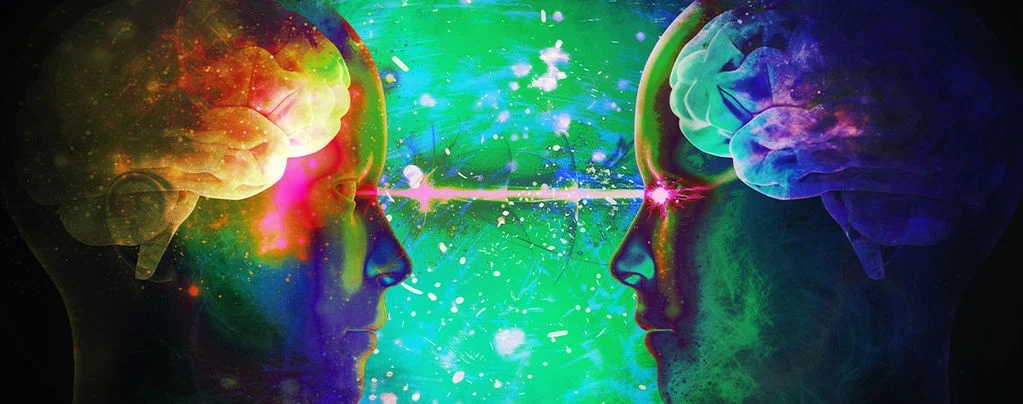
Have you ever wondered about the potential of telepathy and the mysteries of human consciousness? Recent research delves into how psychedelics might unlock new dimensions of communication and perception.
Studies suggest that substances like psilocybin and LSD could enhance our brain’s connectivity, potentially facilitating telepathic experiences. By altering our typical neural pathways, these compounds might help us tap into deeper, often unexplored realms of the mind.
This is a fascinating topic that spans the intersection of neuroscience, psychology, and consciousness studies. Let me share some thoughts on both phenomena.
Telepathy

Telepathy refers to the purported transmission of information from one person to another without using known human sensory channels or physical interaction. While telepathy remains unproven scientifically, it has been a persistent topic of interest across cultures.
The scientific consensus is that claims of telepathy haven’t been substantiated under controlled experimental conditions. Studies conducted by parapsychologists have produced mixed results that haven’t been consistently replicated. However, humans do possess remarkable abilities to interpret subtle nonverbal cues, which can sometimes create the impression of mind-reading.
Psychedelics
Psychedelics are substances that alter perception, mood, and cognitive processes by affecting neural pathways in the brain—particularly serotonin receptors. Common examples include psilocybin (from certain mushrooms), LSD, DMT, and mescaline.
Research into psychedelics has experienced a renaissance in recent years, with studies at institutions like Johns Hopkins, showing promising results for treating conditions like depression, PTSD, and addiction.
Neurologically, these substances appear to:
- Decrease activity in the brain’s default mode network
- Increase connectivity between regions that don’t typically communicate
- Create novel patterns of brain activity
The Connection

Some users of psychedelics report experiences they describe as telepathic or having enhanced empathy during their experiences. From a scientific perspective, this might be explained by:
- Heightened pattern recognition and attribution
- Reduced filtering of sensory information
- Enhanced emotional awareness and empathy
- Dissolution of ego boundaries
Rather than literal mind-reading, these experiences might represent altered states of consciousness where normal boundaries between self and other feel less distinct.
Conclusion
When examining the intersection of telepathy and psychedelics, several key insights emerge:
While telepathy remains scientifically unverified, psychedelic experiences continue to provide valuable windows into the nature of consciousness. These substances reveal how malleable our perception of reality can be, and how interconnected we might feel when certain brain networks are temporarily reconfigured.
The scientific investigation of psychedelics has demonstrated their potential therapeutic value while also illuminating the neurological basis of subjective experiences—including those that feel mystical or transcendent. This research has helped bridge subjective experience with objective measures, showing how profound alterations in consciousness correspond to measurable changes in brain activity.

Perhaps most importantly, both topics highlight the vast territory of human consciousness that remains unexplored. The subjective experiences reported by psychedelic users—including feelings of connectedness sometimes described as telepathic—remind us that consciousness itself remains one of science’s greatest mysteries.
As research continues to evolve, maintaining both scientific rigor and openness to phenomenological experience will be crucial. Whether or not literal telepathy exists, the study of extraordinary states of consciousness continues to yield valuable insights about the human mind and our capacity for connection.





